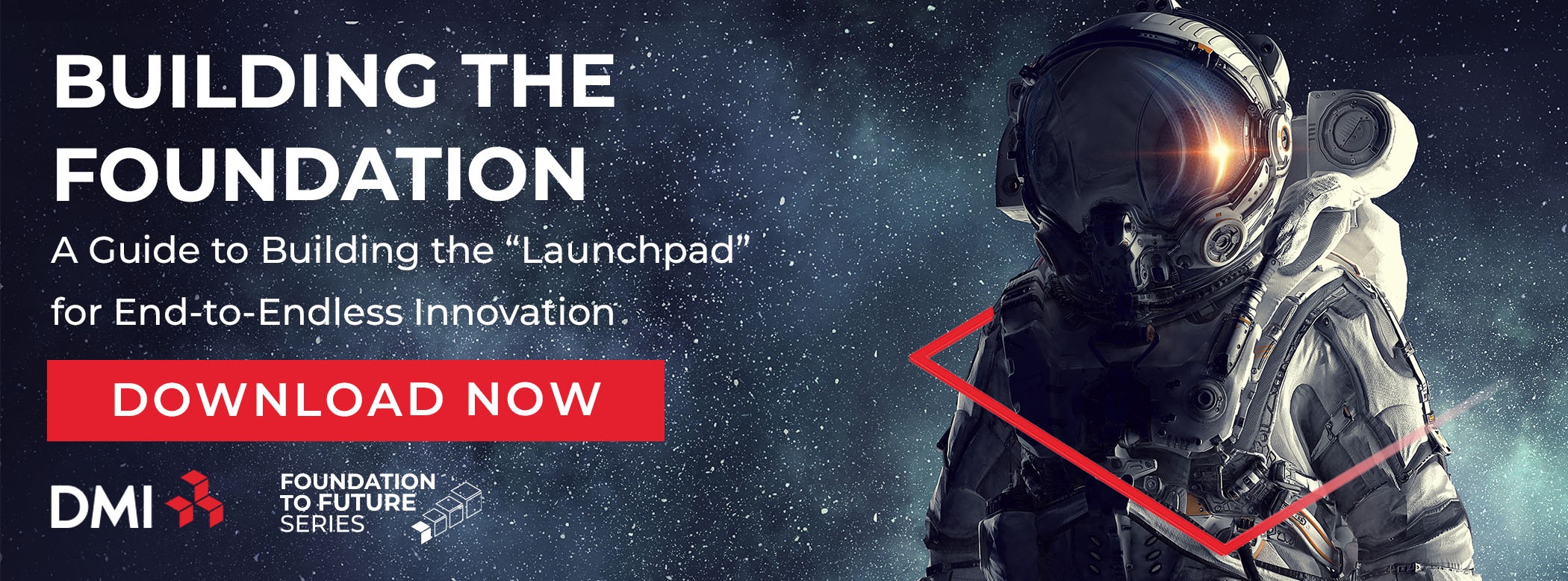
Digital Transformation: A Blueprint Beyond the Buzzword (Part 1)
Guest Post by Timo Loescher, Director, Strategy & Presales at DMI
It can appear that every company is currently undergoing a digital transformation. Or that the data from their marketing group ensures the reports reflect that process.
Digital transformation has effectively become a buzzword over the past three years, and many organizations with a limited understanding of what it means to be a digital company are installing chief digital officers or digital organizations.
It has occurred before that company decision-makers with a superficial understanding will utilize a term, trend, or practice, and then declare the topic an empty process and a waste of effort.
However, a proper understanding of what digital transformation truly means — and a foundation supporting what is called the pillars of a digital company — can help facilitate a true digital transformation for your business.
Defining Digital Transformation
Let me define the term digital transformation before discussing the pillars of a digital company.
Organizations can mistakenly think they are engaging in digital transformation activities when they launch a new service, revenue stream, or engagement channel. But if the cultural changes don't adapt to the new service, revenue stream, or engagement channel, businesses will not experience transformations beneficial to the digital evolution.
Digital transformation is — more than anything — a cultural and business strategy adjustment upon which a new service, revenue stream, or engagement channel is implemented.
Accurate digital transformation happens when companies adapt to replace outdated or manual processes and technologies with new advanced technologies.
Pillars of a Digital Company
Digital companies have four key traits or pillars: customer-centric, outcome-driven, composable, and agile. In a future post, I will explore each pillar in more detail but here, briefly, is an overview of each.
Customer-Centric
As expectations evolve, B2B customers will increasingly expect companies to deliver a seamless experience with both human and digital touchpoints. Customer success is the proactive orchestration of a customer’s journey that maximizes the value for the end customer across the life cycle. Regular engagement with users and heavy reliance on their input will help guide all critical decisions. A digital company builds deep empathy with its customers and incentivizes its employees to champion user perspectives.
Outcome-Driven
Businesses that value technology investments should emphasize measurable outcomes. Rather than celebrating releases and developer throughput, it's constructive for organizations to focus on their ventures' impact on the business and their customers. The intentional focus will aid in making calculated decisions that will drive outcomes, and they also help inform those decisions with measured data.
Composable
A third essential attribute of a digital company is composability. This is the idea that core services and functions are built in a reusable and extensible way, such that when a new application is needed to solve a particular use case – say, a re-org or business model pivot – you can stitch together a few micro-UIs and APIs and be most of the way there.
Agile
Finally, speed and agility are well-known tenants of a digital company. However, a genuinely agile digital company needs to factor in potential pivots due to user feedback and allow for experimentation. As soon as companies can begin seeing releases as tests intending to validate customer research (and ultimately drive outcomes) and accept failure as equally valuable as success in that validation, they will begin to see the power of fundamental agile principles in play.
A Path to the Blueprint
DMI can help you define the right technology and path to meet your digital transformation goals and believe in a customer-centric mindset to meet your needs through agile, outcome-driven methodology.
We take pride in cultivating strategic visions for our clients. Allow our consistent focus to help support the customer experience by improving your business through technology innovation, contact us begin to the journey.
![[FREE GUIDE] LEARN HOW TO BUILD THE "LAUNCHPAD" FOR END-TO-ENDLESS INNOVATION](https://no-cache.hubspot.com/cta/default/8444324/bc355bbd-7064-4bc3-8fcf-6782ab110426.png)
